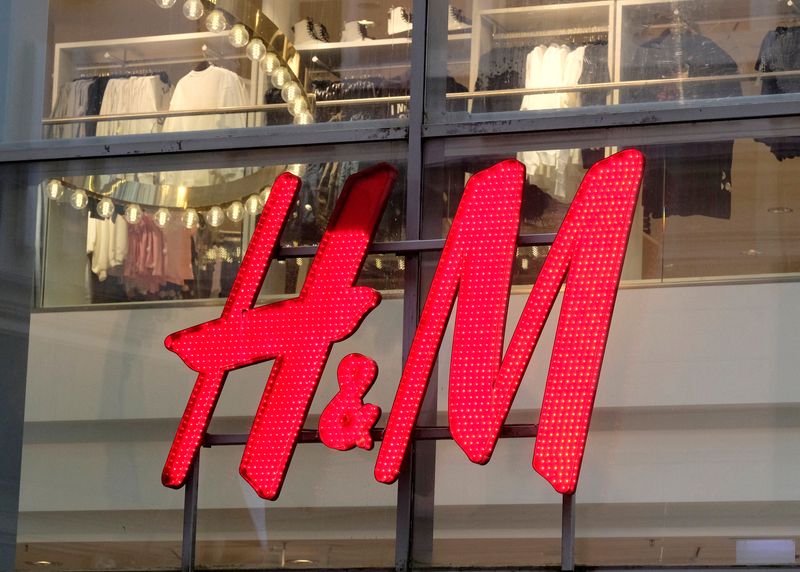Asia FX cautious amid US govt shutdown; yen tumbles after Takaichi’s LDP win
Investinf.com -- Shares of H&M (ST:HMb) were trading lower on Thursday after the company reported softer-than-expected first-quarter results, with gross margin pressure weighing on profitability.
While revenue remained steady, higher input costs and competitive pricing dynamics led to a weaker performance.
The company acknowledged these challenges but indicated that recent trading trends have broadly aligned with expectations, offering some reassurance to investors.
Despite concerns over margin compression, the demand environment has shown resilience in key markets. Analysts at RBC Capital Markets noted that while revenue figures were in line, profitability remains under pressure.
The brokerage pointed to markdowns and a slower-than-expected benefit from the company’s pricing strategy as key factors affecting margins.
They also flagged H&M’s struggle to maintain pricing power in an increasingly competitive landscape, adding that the company faces challenges in passing on costs to consumers.
Jefferies analysts echoed similar concerns but suggested that the worst may be over for H&M. While first-quarter results were weak, they noted that recent trading has not been as tough as initially feared, indicating some stabilization.
RBC maintained a cautious outlook, recognizing the near-term headwinds but also acknowledging the company’s ongoing stabilization efforts.
The brokerage retained its "sector perform" rating on the stock with a price target of SEK 155, reflecting a balanced risk-reward profile given current conditions.
H&M’s ability to navigate competitive pressures and execute on operational efficiencies will be critical in determining its trajectory.
While the first quarter underscored ongoing margin challenges, management remains confident that strategic adjustments will position the company for improved profitability.
RBC analysts indicated that gradual margin recovery could be possible as the pricing strategy gains traction and cost-saving measures take effect. Investors will be watching closely for further signs of stabilization as the fiscal year progresses.
